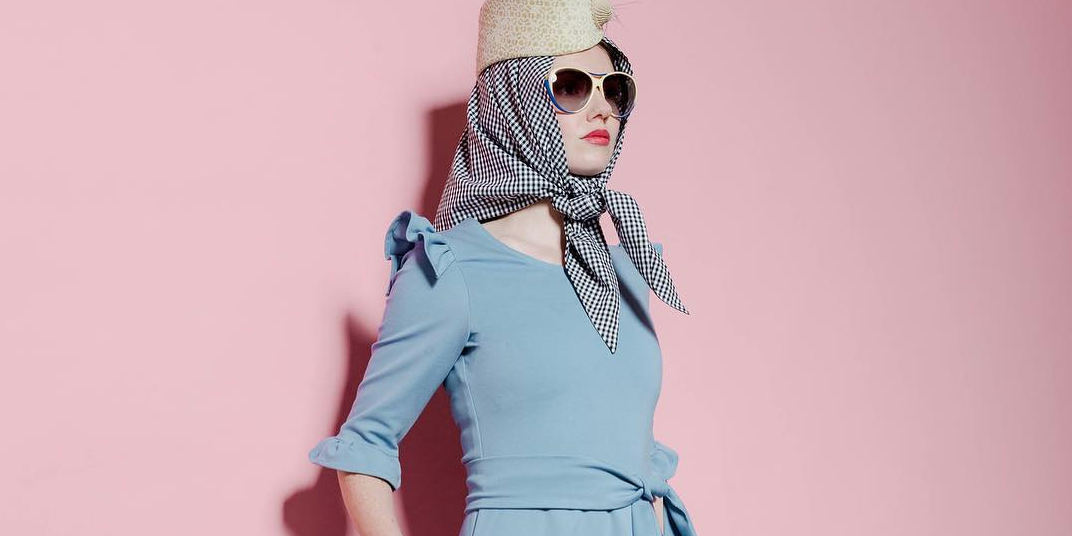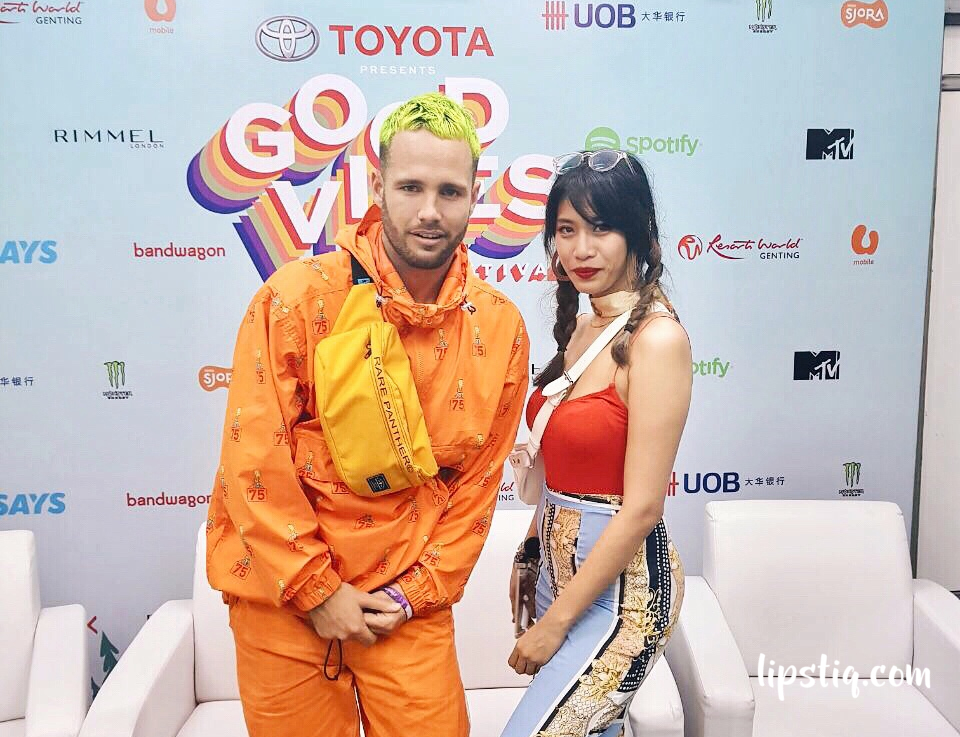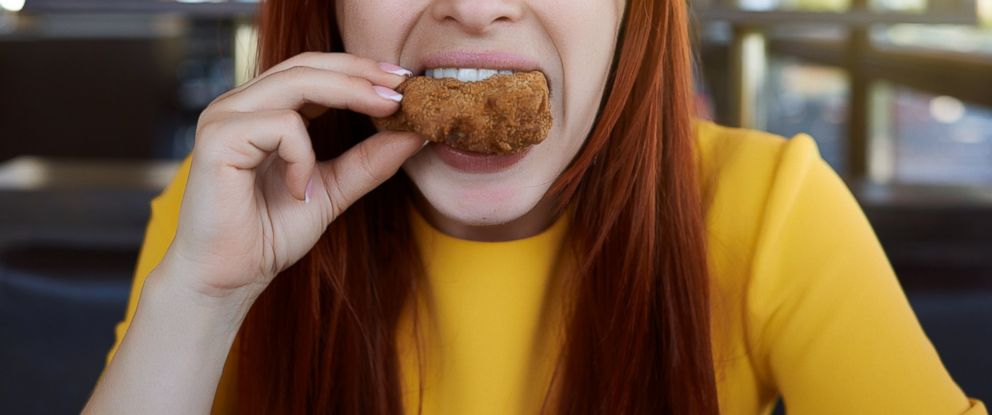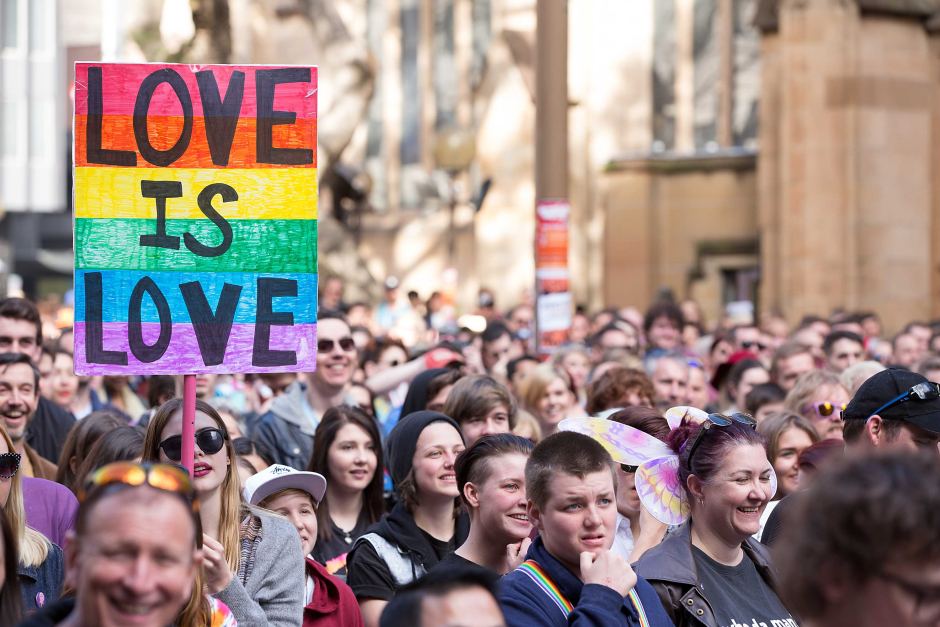While parading ornamental hats and headpieces isn’t as prevalent within Malaysia, the art of hat-making – millinery – persists and remains thriving in several parts of the globe including Melbourne Australia, though exceedingly so for its prestigious spring horse racing season that is widely regarded as the highlight of the entire annual event calendar than any other time of year.
The cruciality of Melbourne’s Spring Racing Carnival which takes place in October and November yearly is never to be undermined. Alongside the esteemed horse racing tournament, the electrifying affair sees racegoers dress to the nines for an endless splendour of high-fashion. Consider it their ticket to flaunt the finest and boldest of ensembles; the more ostentatious, the better the fit.
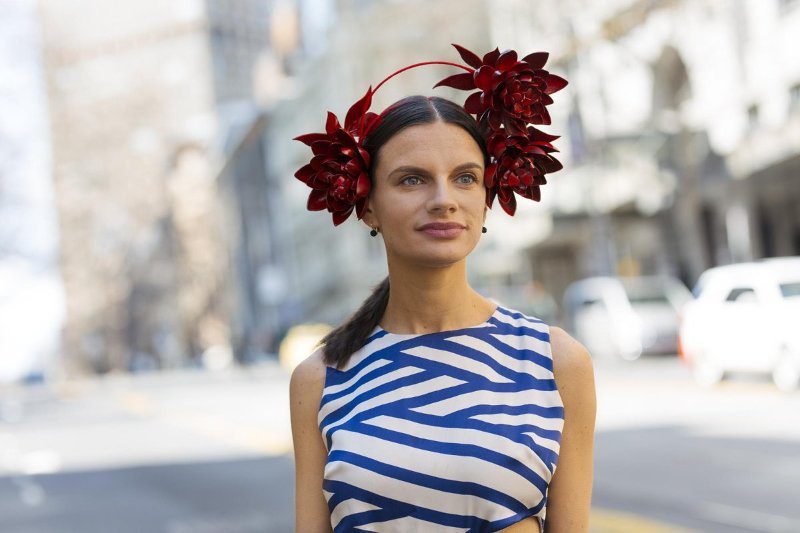
It goes without saying that an outstanding emphasis is put on millinery as part of this tres chic display and often times more thought is invested into it than presumed. And who better than Melbourne milliner Serena Lindeman to be more well-versed? Her celebrated designs have adorned even the heads of Melbourne’s racing royalty and are often showcased on the runway as well as major press outlets.
Evidently Lindeman’s indisputable expertise of over 15 years in the industry has never been an easy feat and this ultimately can be attributed to her uncompromising attention, techniques, creativity and innovations, not merely in the creation of her designs but also the entire client experience; right from the first consultation and fittings to the final collection of the end product.
We spoke to Lindeman during her recent media workshop in Kuala Lumpur as part of Visit Victoria’s tourism promotion initiative.
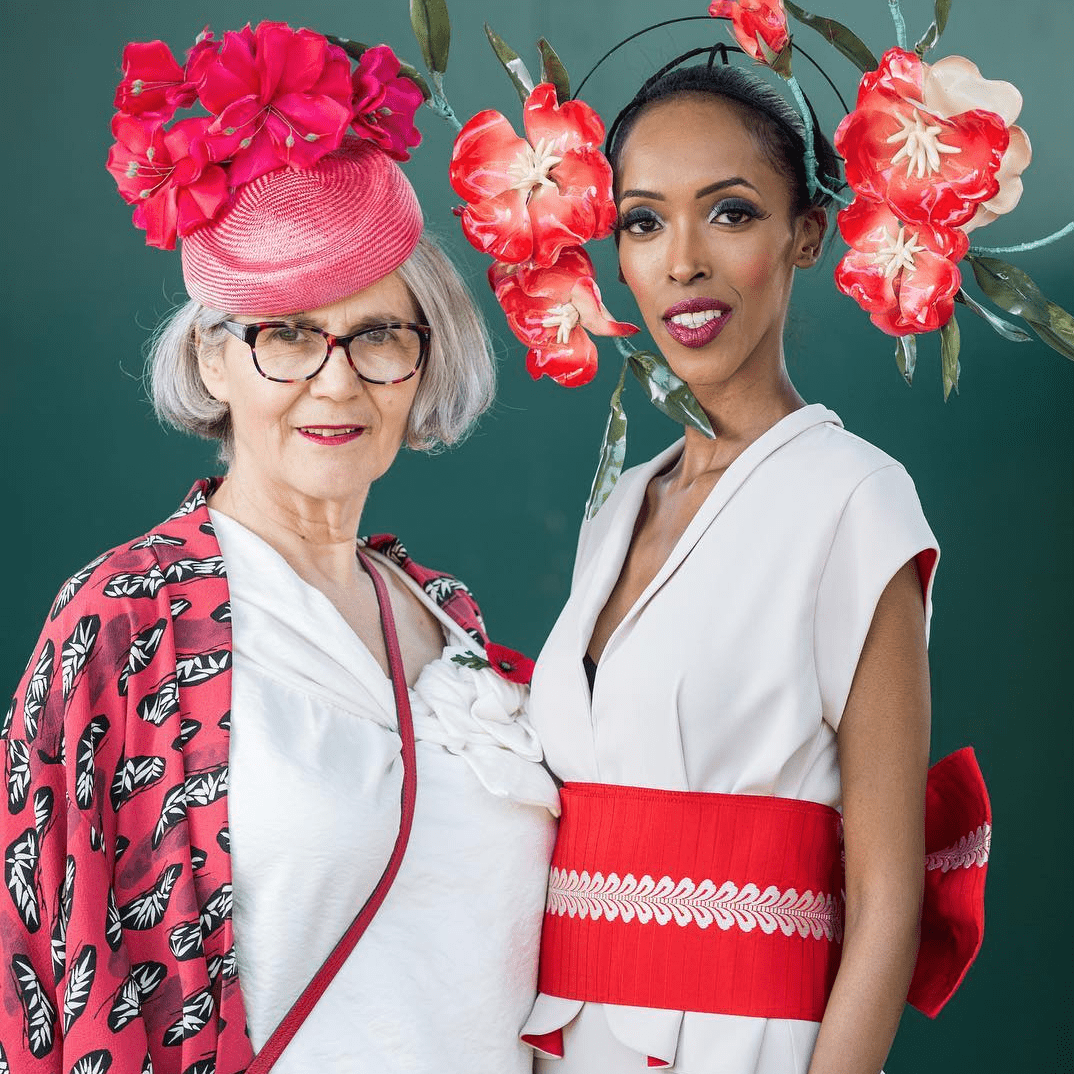
Q: Share with us a little history about millinery in Australia.
A: Today, headwear comes to the foreground in the Spring Racing Carnival in Victoria from the beginning of September right through to mid- late November. Many women will order one or more hats each year. I love those clients.
Virgin Australia Melbourne Fashion Festival is another event where milliners and fashion designers collaborate to bring new looks to the runway.
Outside these two landmark events there is a market for bridal headwear, the horse show crowd and the Polo crowd.. there is always something going on.
In Malaysia I hear that there is a small and growing interest in millinery. There is great scope for your leading fashion designers to incorporate head pieces to complement their designs even further and of course subtle and not so subtle headwear for brides can be easily incorporated into the culture here.
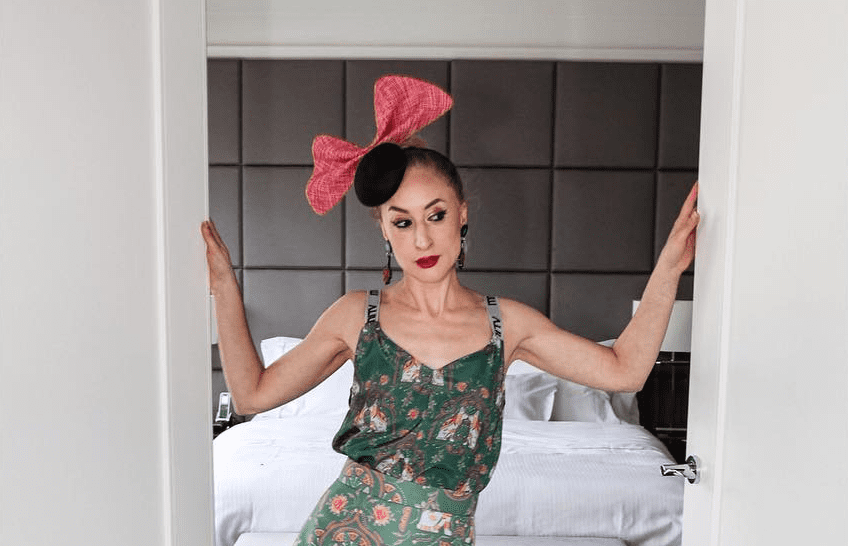
Q: How did you get into making hats? Did you want to make it your ambition right away when you first started?
A: I was living in London at the time and looking for a change in direction. I had trained as a printmaker at art school and was working as a secondary art teacher. I tried a few short courses including millinery and I loved it from day one.
I then followed up by doing professional development millinery courses at London School of Fashion; enough to get me employed by Edwina Ibbotson in Battersea. She is a milliner I admire to this day and she is responsible for giving me the training I needed to get my career underway.
Q: What do you love most about your job?
A: The best feature of my job is that no two days are alike. One day I can be working out designs and planning my range, another day I can be seeing clients for the Spring Racing Carnival or working with other designers on a piece for a fashion parade. One of the biggest fashion events of the year is Virgin Australia Melbourne Fashion Festival, which is a fabulous opportunity to show the best of Melbourne’s fashion elite.
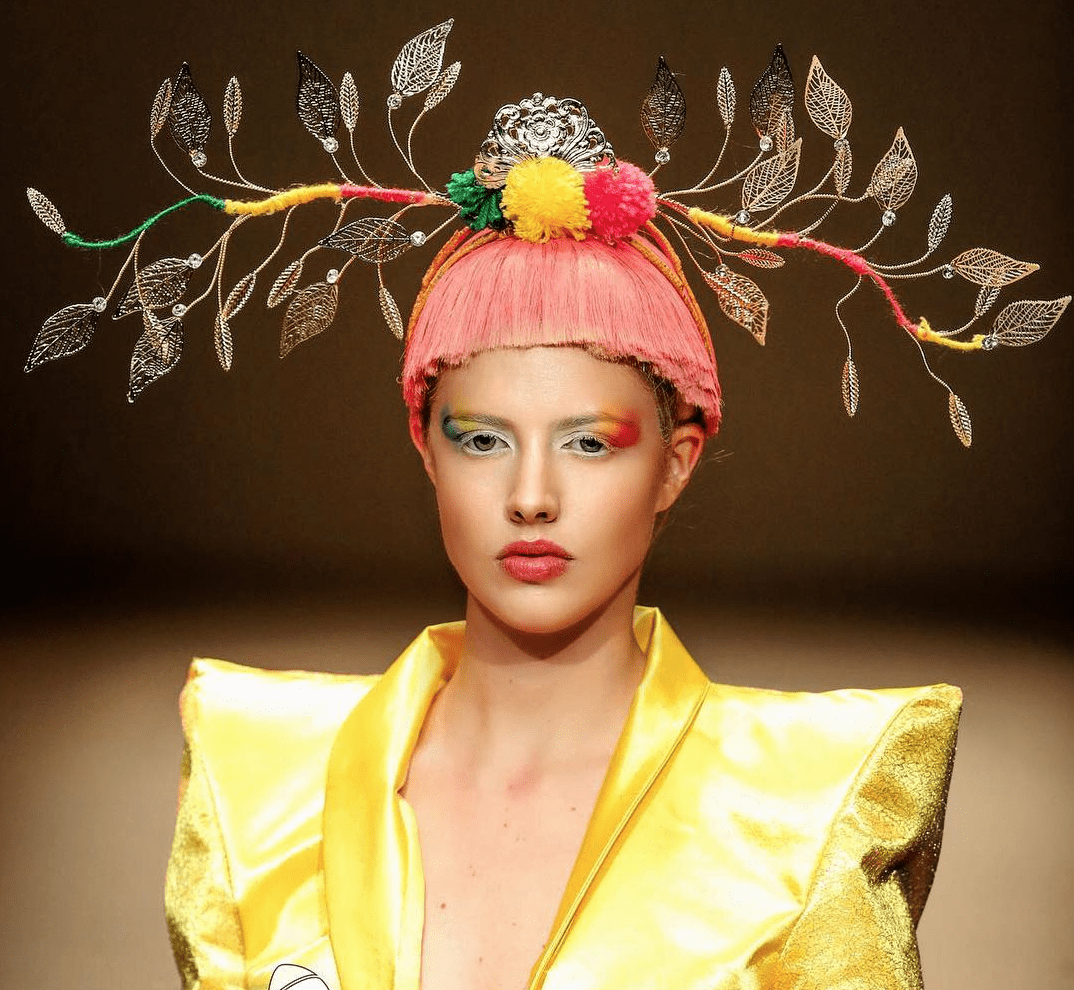
Q: What makes a good and interesting hat?
A: It has to be original without being outlandish. The best hats will start conversations with interesting strangers. It needs to look and feel balanced on the head; when you are wearing it you should be able to forget you are wearing it. It has to be really well made, this means it should be well constructed and neatly assembled.
When I look at a hat I hope to find no more than three elements in the design. A spectacular hat can be ruined by adding too much trim, in the words of Coco Chanel, “Before you leave the house, look in the mirror and take one thing off.”
Q: How would you describe a perfect hat/headpiece that complements your own personality and style?
A: I am constantly trying to find new techniques and styles to design. I love wearing something that looks and feels completely new. There should be some link to what goes on below the shoulders – that could be a colour linked to the garment, the shoes or the bag.
It could be a design detail such as pleats, lace fabrication or a line coming from the garment. Ideally a hat will lift the eye to the face so it needs to relate to the face. It is important when wearing a hat to be advised by a milliner, they know where the hat should sit for best effect. I hope that I encompass all these elements in the headwear I make.
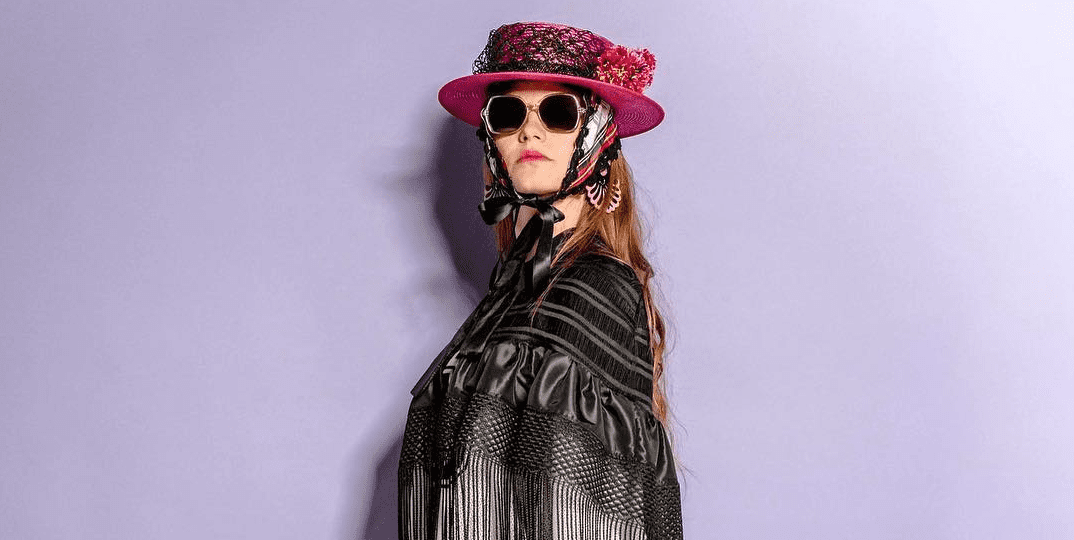
Q: How have the trends for hat wearing changed since you first stepped foot into the industry?
A: In Australia when I first started I would say that the oversized headwear was very much the trend. Women would try for maximum impact by wearing very large hats. Over time we have seen proportions improving, and finish and techniques becoming much more impressive.
My designs have developed over the time I have been in business, there has been a trend for crown styles with the younger women and that is drawing to a close as they grow up and look for something more complex. Boater styles have been very big following on from Chanel and other international designers.
Many of the Victorian country racing women wear really practical styles that give them a bit of shade in the Australian sun. My designs have developed as I acquire new techniques, currently I am working with newer materials such as Crystaform, a clear plastic material that can be moulded by hand along with re-inventing more traditional materials such as raffia and luxury fabrics.
Q: What is your proudest moment so far as a milliner?
A: That’s easy. In 2006, I won the Myer Fashion on the Field Millinery Award at the Melbourne Cup Carnival which is part of the Spring Racing Carnival. The prize was only open to professional milliners so the win was especially sweet.
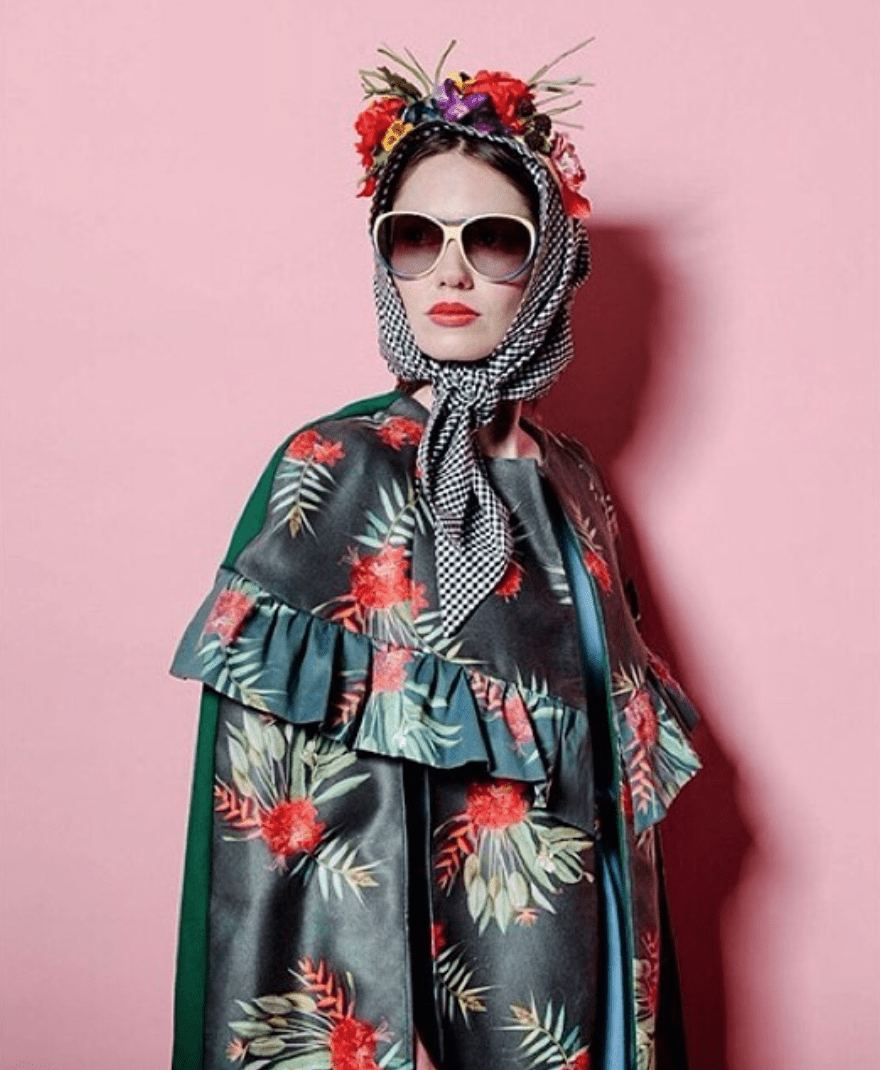
Q: As far as custom orders are concerned, how do you transform your client’s request into an actual hat? What is the process like?
A: The most important thing is to listen to the client. Learning what they look good in, feel confident in and like to wear can get things going. Usually I ask clients to allow four to six weeks for an order. That gives me time to source special materials, to fabricate the piece and to have a fitting with the client if there are any details to be finalised or discussed.
I try to make sure the client is relaxed and confident about her choices and pleasantly surprised when she comes to collect her piece. Presentation is very important and I try and turn the collection of the piece into a special occasion. The care taken in making the hat should be reflected in the care taken in presenting it to the client. My policy is that no transaction is complete until the client is entirely happy with their hat.
In general, one should go to a milliner and bring along the garment you want to wear it with. They understand face shape, body types, colouring, personalities and millinery trends so they can advise. They can also assist the client to position the piece so it stays on effortlessly.
Play with a range of styles and look at a full length mirror, you will eventually find the piece that’s right. Most fashion conscious women are constantly scanning the fashion press for new ideas and styles that might suit them. Most of the top milliners have a website and social media as well so you can get a feel for what they do before you leave the house.
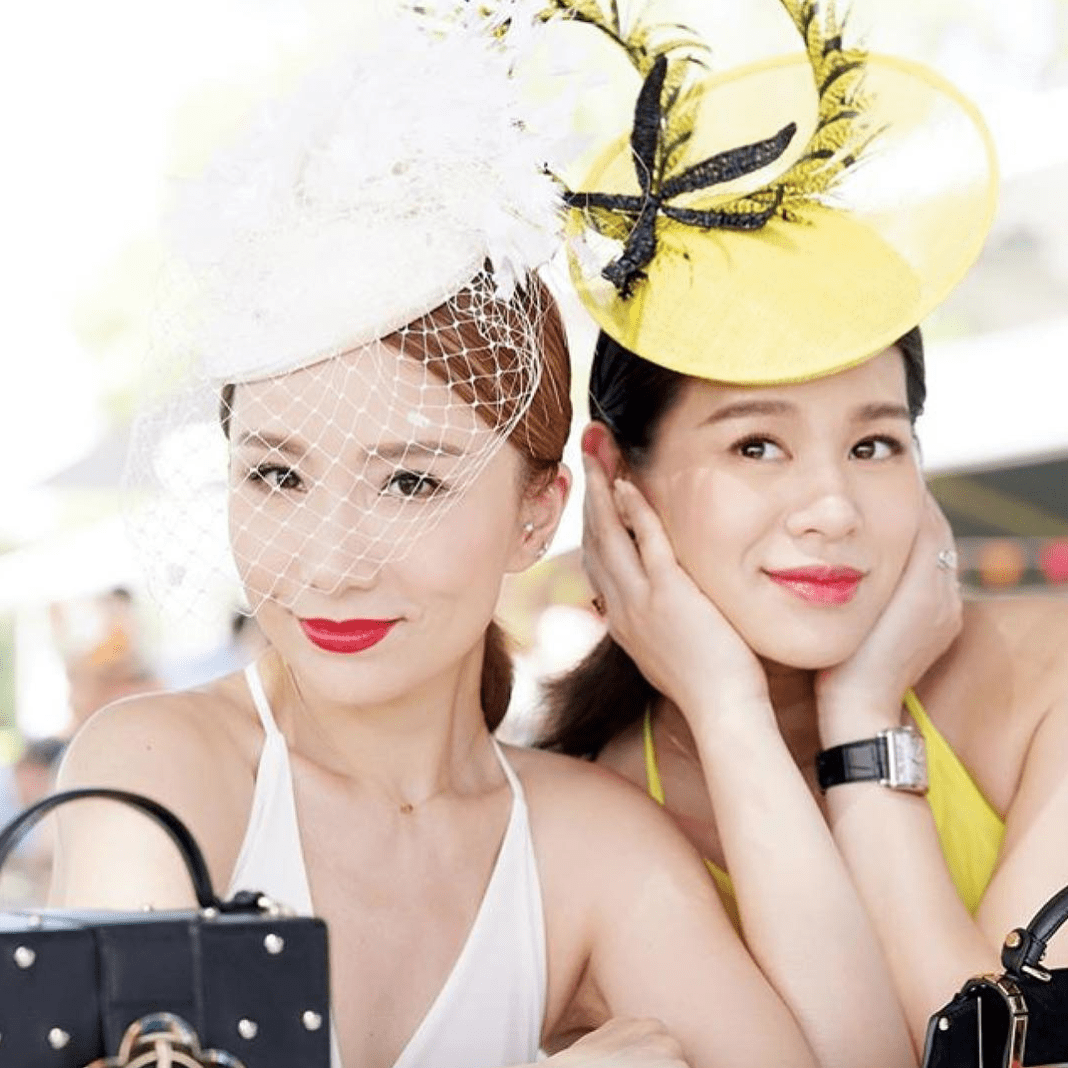
Q: How much work goes into each design?
A: This is such a difficult question. Some hats come together very quickly and others take much longer. A good piece of millinery can take as little as six hours and other pieces take up to four or five days. For example, the red flower head piece took four days to complete; nothing much takes less than six hours. A lot of time goes into the design process and if I make a duplicate the second one will be a lot quicker. A lot of pieces I do are “one offs” so the design process is a constant.
Learn more about Serena Lindeman’s millinery by accessing her official website or via social media through Facebook and Instagram. Alternatively, check out www.visitmelbourne.com to unearth exciting events, must-dos and eats in Melbourne, Victoria, Australia.


